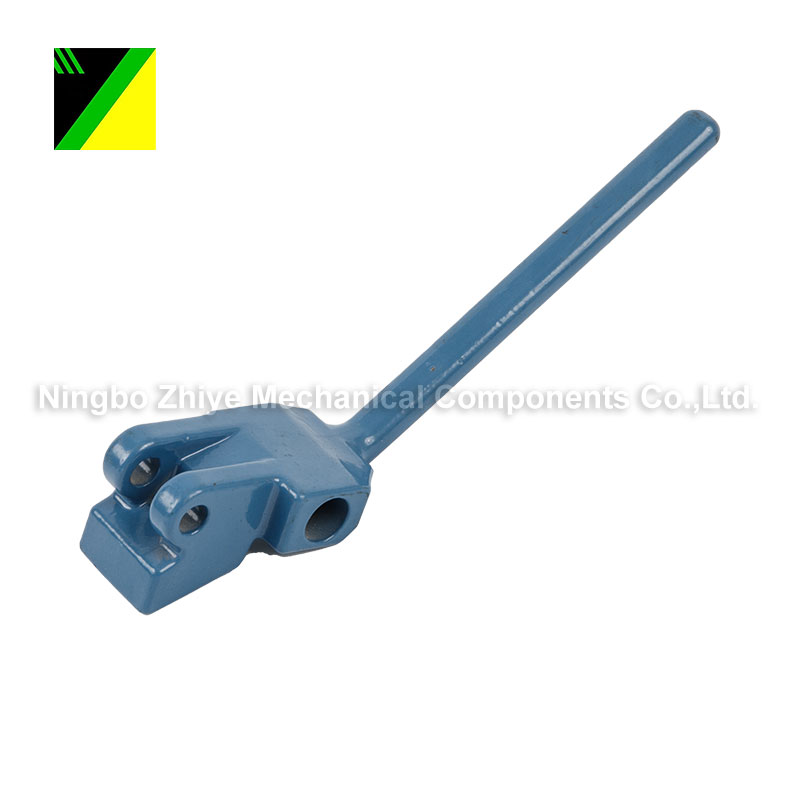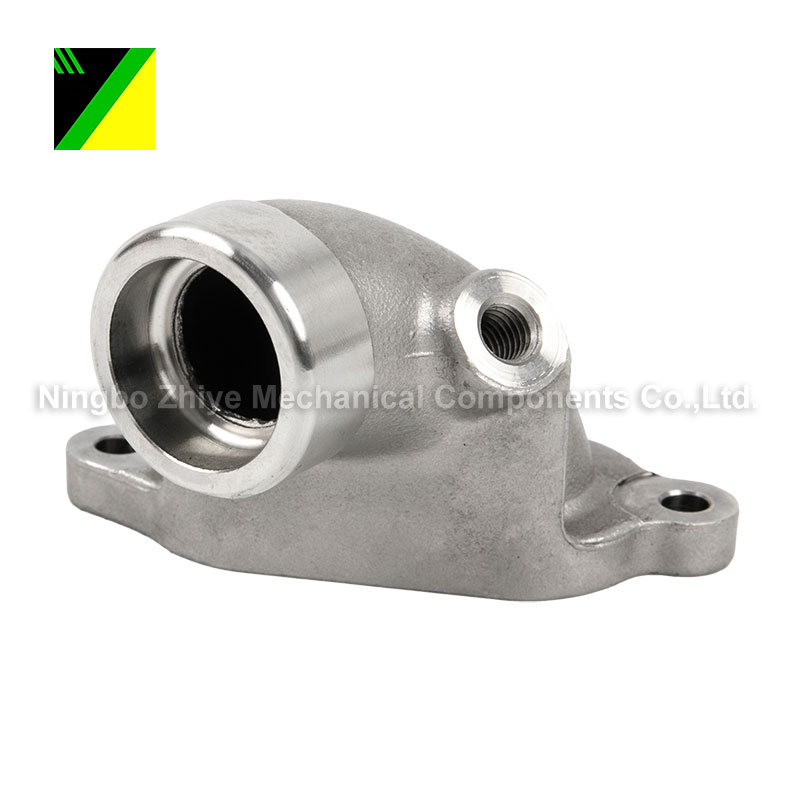
- English
- Español
- Português
- русский
- Français
- 日本語
- Deutsch
- tiếng Việt
- Italiano
- Nederlands
- ภาษาไทย
- Polski
- 한국어
- Svenska
- magyar
- Malay
- বাংলা ভাষার
- Dansk
- Suomi
- हिन्दी
- Pilipino
- Türkçe
- Gaeilge
- العربية
- Indonesia
- Norsk
- تمل
- český
- ελληνικά
- український
- Javanese
- فارسی
- தமிழ்
- తెలుగు
- नेपाली
- Burmese
- български
- ລາວ
- Latine
- Қазақша
- Euskal
- Azərbaycan
- Slovenský jazyk
- Македонски
- Lietuvos
- Eesti Keel
- Română
- Slovenski
- मराठी
- Srpski језик
Comparison of Stainless Steel and Aluminum in Investment Casting
2023-08-19
Stainless steel and aluminum are both commonly used materials in investment casting, which is a precision manufacturing process that involves creating complex shapes by pouring molten metal into a ceramic mold. Each material has its own set of advantages and limitations in investment casting. Here's a comparison between stainless steel and aluminum in investment casting:

Material Properties:
Stainless Steel: Stainless steel alloys are known for their high strength, corrosion resistance, and heat resistance. They are widely used in applications that require durability and the ability to withstand harsh environments.
Aluminum: Aluminum alloys are lightweight and have good thermal and electrical conductivity. They are often chosen when weight reduction is a priority and when parts need to be corrosion resistant.
Complexity and Detail:
Stainless Steel: Investment casting is well-suited for creating intricate and detailed stainless steel parts, especially those with fine features and complex geometries.
Aluminum: Aluminum investment casting is also capable of producing intricate parts with fine details, but the precision may be slightly lower compared to stainless steel due to the lower melting point of aluminum.
Tolerances:
Stainless Steel: Investment casting can achieve tight tolerances for both stainless steel and aluminum parts, but stainless steel generally allows for greater precision due to its higher melting point and better flow properties.
Surface Finish:
Stainless Steel: Investment casting can produce parts with excellent surface finish and smoothness for stainless steel alloys.
Aluminum: Aluminum investment casting can also produce good surface finishes, but there might be some variation depending on the specific alloy and process parameters.
Mechanical Properties:
Stainless Steel: Stainless steel alloys generally have higher mechanical strength and hardness compared to aluminum alloys. They are suitable for applications that require robustness and load-bearing capabilities.
Aluminum: Aluminum alloys are less dense and lighter than stainless steel, making them suitable for applications where weight is a critical factor. However, their mechanical properties are generally lower than those of stainless steel.
Cost:
Stainless Steel: Stainless steel alloys can be more expensive than aluminum alloys, both in terms of raw material cost and the investment casting process itself.
Aluminum: Aluminum alloys are generally more cost-effective than stainless steel alloys.
Application Areas:
Stainless Steel: Investment casting of stainless steel is commonly used in industries such as aerospace, automotive, medical devices, and industrial equipment where strength, corrosion resistance, and high temperature capabilities are essential.
Aluminum: Investment casting of aluminum is prevalent in applications like automotive parts, consumer electronics, and aerospace components where lightweight structures and good thermal conductivity are important.
In summary, both stainless steel and aluminum can be successfully utilized in investment casting, each with its own advantages and suitability for specific applications. The choice between the two materials depends on factors such as the intended use of the part, mechanical requirements, weight considerations, and cost constraints.





